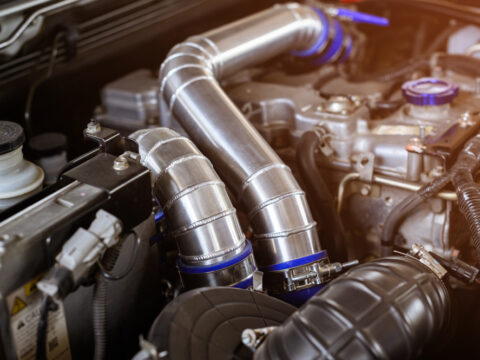Owning a boat means regular maintenance and occasional repairs, but not every issue requires a mechanic. Many common boat problems can be fixed with basic tools and a little know-how. From patching leaks to replacing a propeller, learning how to handle these essential repairs yourself can save time and money. Here are 15 boat repairs you can tackle without calling in the pros.
Contents
Fixing Minor Leaks
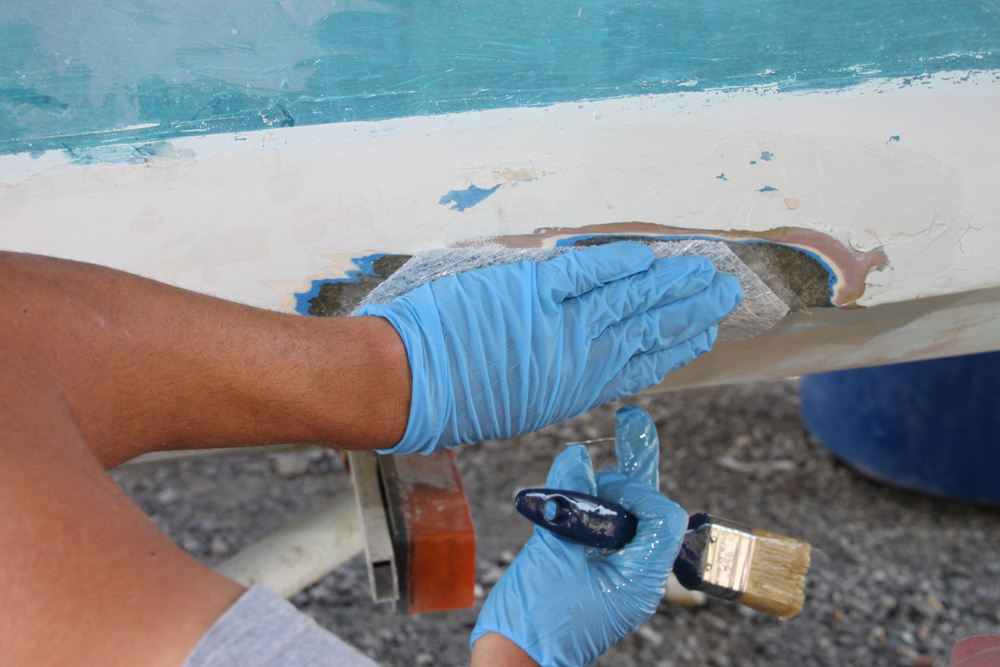
Leaks in the hull or deck are common but often easy to fix using marine sealant, epoxy, or fiberglass patches. Addressing leaks promptly helps prevent further water damage or potential structural issues. Marine-grade sealants are designed to handle the tough conditions boats face and are ideal for small cracks. By catching leaks early, you can avoid bigger problems that require professional attention. This quick fix ensures your boat remains watertight and safe.
Replacing a Bilge Pump
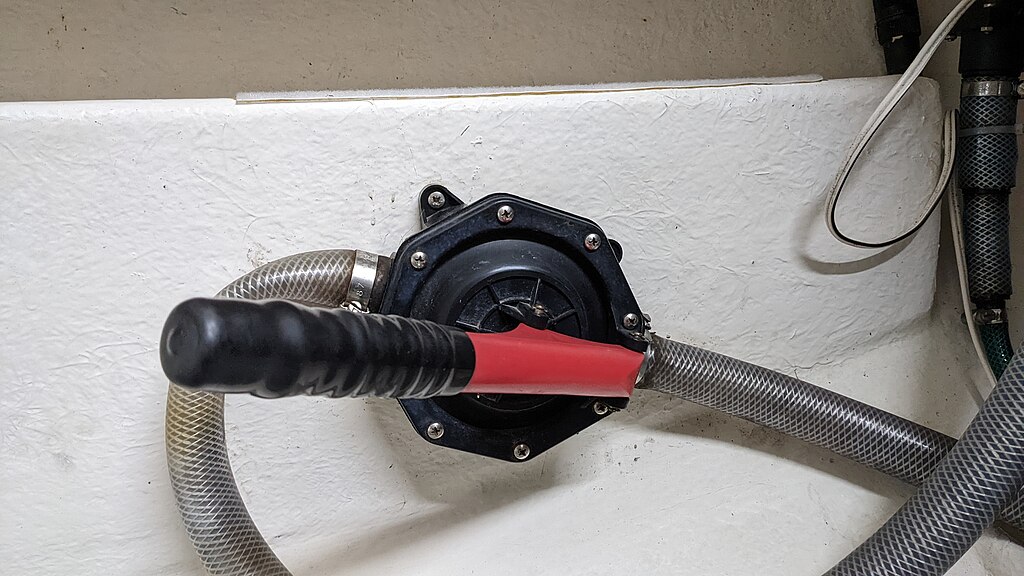
When a bilge pump stops working, water can accumulate, but replacing it yourself is a straightforward task. With the pump usually mounted in an accessible spot, removing the old one and installing a new one only takes basic tools. Follow the manufacturer’s instructions closely, and you’ll have it back in working order quickly. Bilge pumps are crucial for keeping your boat dry, so checking them regularly is key. Carrying a spare bilge pump ensures you’re prepared for emergencies.
Repairing Canvas and Upholstery Tears
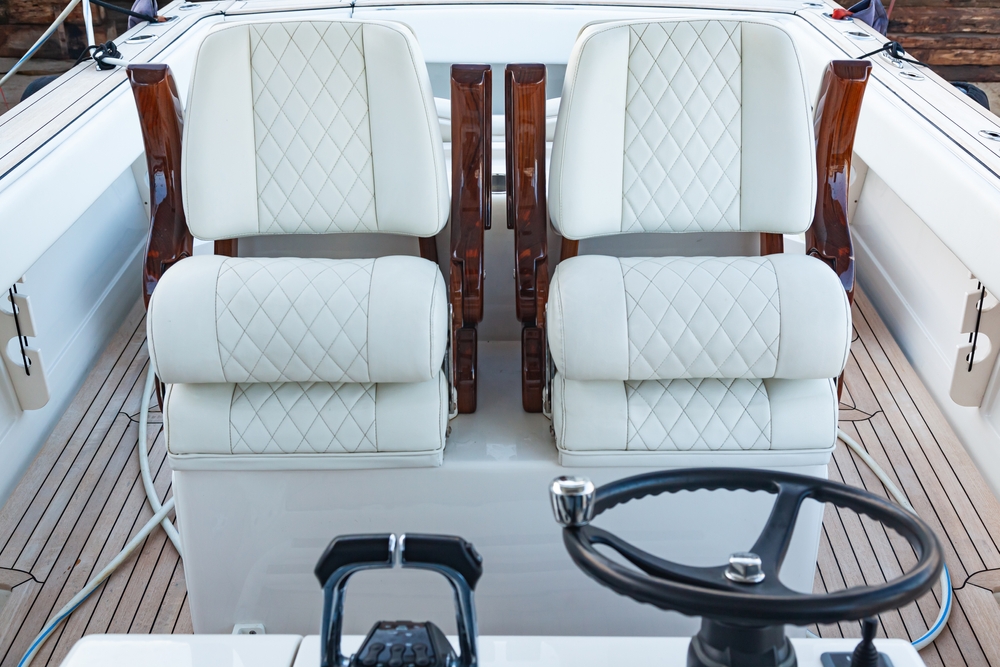
Tears in canvas covers or upholstery can be easily repaired using heavy-duty marine thread and repair tape. Regular exposure to the elements causes wear, but small rips or seams can be sewn up, preventing further damage. Marine-grade materials are designed to withstand the harsh marine environment, extending the life of your fabrics. Not only does this repair save you money, but it also keeps your boat looking its best. Staying on top of minor repairs preserves both comfort and appearance.
Changing the Fuel Filter

A clogged fuel filter can drastically reduce engine performance, but replacing it is a job most boat owners can handle. Start by locating the filter, disconnecting the fuel line, and swapping in a new one. This simple task helps keep your engine running efficiently and prevents unexpected breakdowns. Always make sure you have the correct replacement filter on hand. Regular fuel filter changes are essential to maintaining engine longevity.
Fixing Broken Navigation Lights

Broken navigation lights are both a safety hazard and a legal issue, but fixing them is an easy, DIY repair. Most of the time, the problem is a blown bulb or a loose wire that can be quickly corrected. Check the wiring for corrosion, replace any damaged parts, and ensure the lights are properly sealed to prevent water damage. Keeping spare bulbs and waterproof connectors on board is a good practice. Always test your navigation lights before setting out to avoid any issues on the water.
Fixing a Stuck Throttle
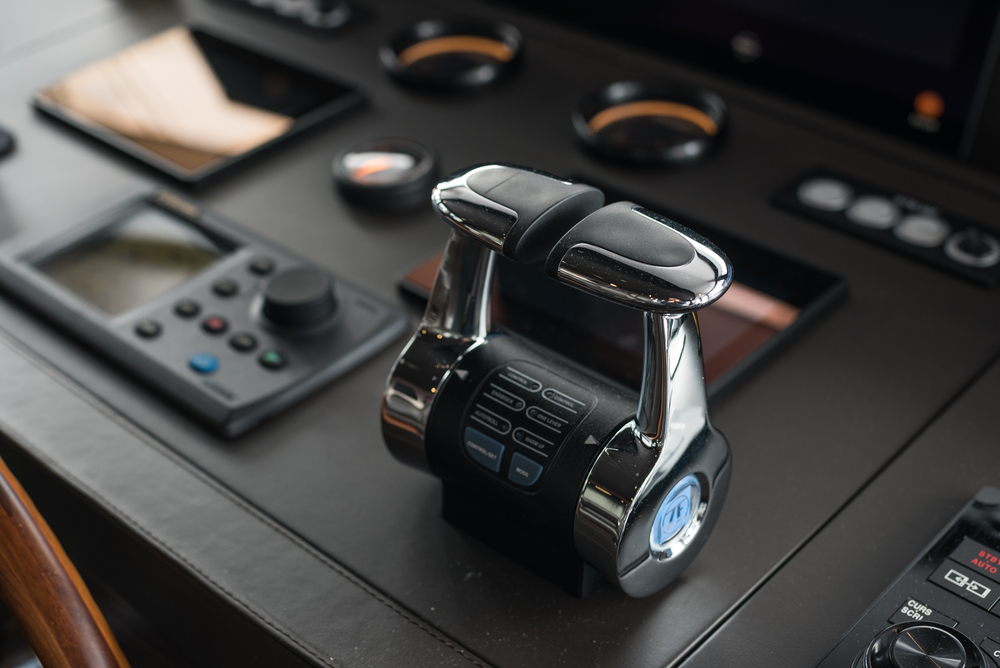
A stuck throttle can often be fixed by cleaning and lubricating the throttle cables, which is a straightforward process. Dirt and grime can accumulate over time, causing the throttle to become unresponsive. By cleaning out the mechanism and ensuring the cables are free of debris, you can restore smooth throttle movement. If the cable is damaged, replacing it is also a DIY-friendly job. Regular maintenance of the throttle system can prevent dangerous issues while boating.
Patching Fiberglass
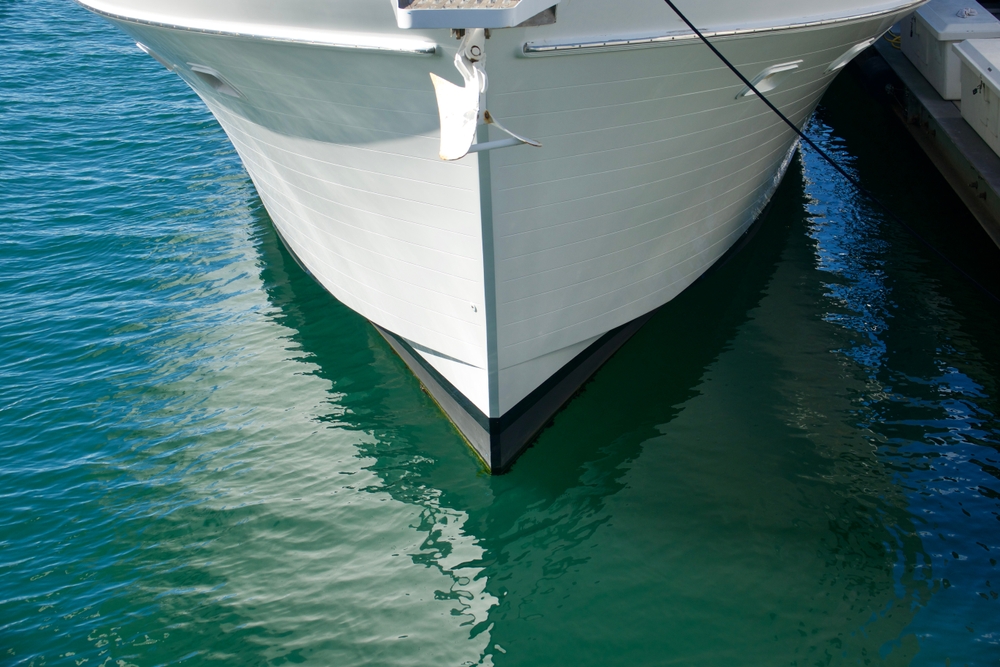
Minor scratches and cracks in a fiberglass hull can be repaired with a fiberglass patch kit, saving you a trip to the mechanic. These kits typically include everything you need: resin, hardener, and fiberglass cloth. Sand down the damaged area, apply the patch, and smooth it out for a durable, watertight repair. Fiberglass repairs maintain your boat’s structural integrity and appearance. Keeping a patch kit on board ensures you’re prepared for unexpected damage.
Changing the Engine Oil
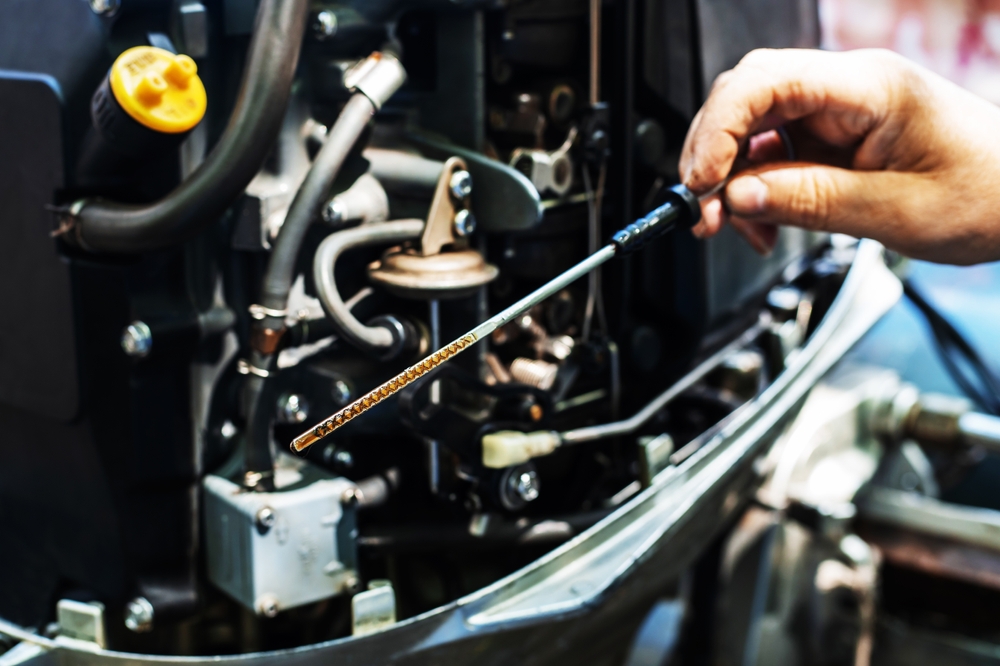
Changing your boat’s engine oil is an essential maintenance task that improves performance and prolongs engine life. The process involves draining the old oil, replacing the filter, and refilling with the correct grade of oil. Regular oil changes help reduce wear on engine components, keeping your boat running smoothly. Always follow the manufacturer’s recommendations for oil type and change intervals. Proper disposal of the old oil is important for environmental safety.
Replacing Broken Cleats
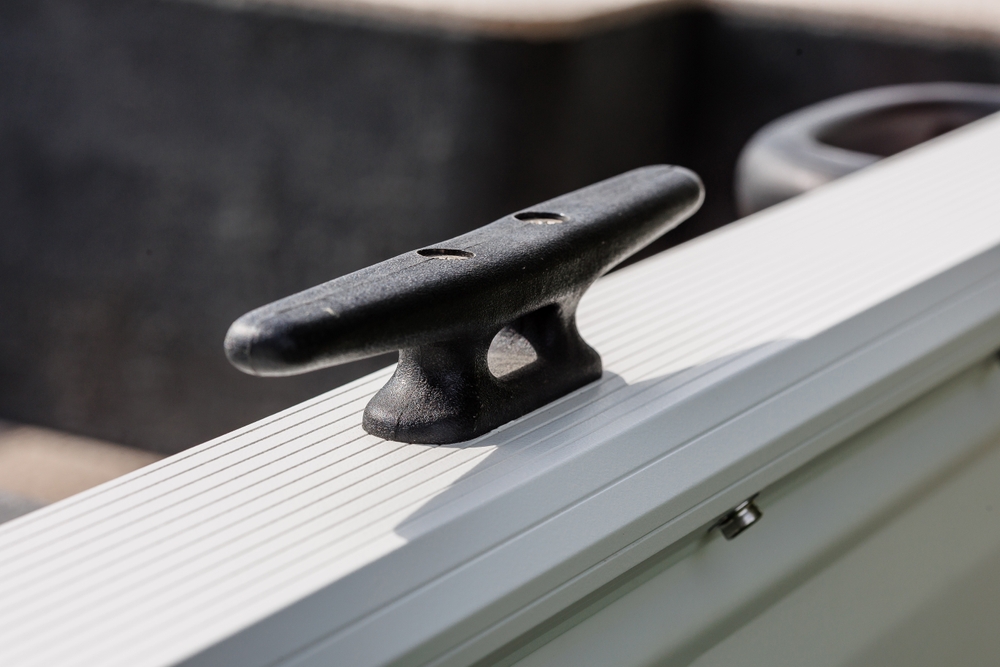
Cleats are critical for securing your boat to the dock, and replacing a broken one is a simple repair. Start by removing the damaged cleat and installing a new one using marine-grade hardware. Secure the cleat with sealant and bolts to ensure it holds up in tough conditions. Regularly inspecting your cleats helps prevent accidents and damage while docking. This easy fix ensures your boat stays safely tied up in all weather.
Repairing a Jammed Windlass
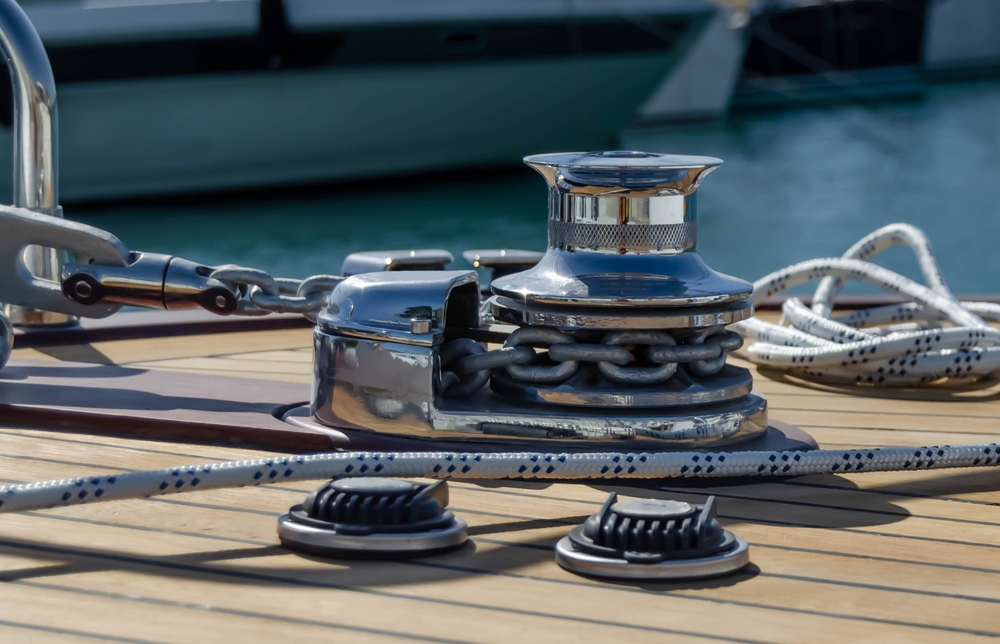
A jammed windlass can prevent you from lowering or raising your anchor, but fixing it usually involves clearing debris or lubricating parts. Occasionally, a worn-out gear or electrical connection may be the cause, both of which are manageable with basic tools. Regular maintenance, including lubrication and cleaning, can prevent windlass jams. A functioning windlass is crucial for safe anchoring. Consulting your windlass manual can guide you through the specific repair process.
Repairing Loose Railings

Loose railings are both a safety concern and a relatively easy fix. Most railings are attached with screws or bolts, which can be tightened using basic hand tools. If the railing is damaged beyond repair, replacing it with marine-grade hardware is the next step. Ensuring your railings are secure keeps passengers safe, especially in rough seas. Routine checks can prevent minor issues from turning into serious hazards.
Replacing the Propeller
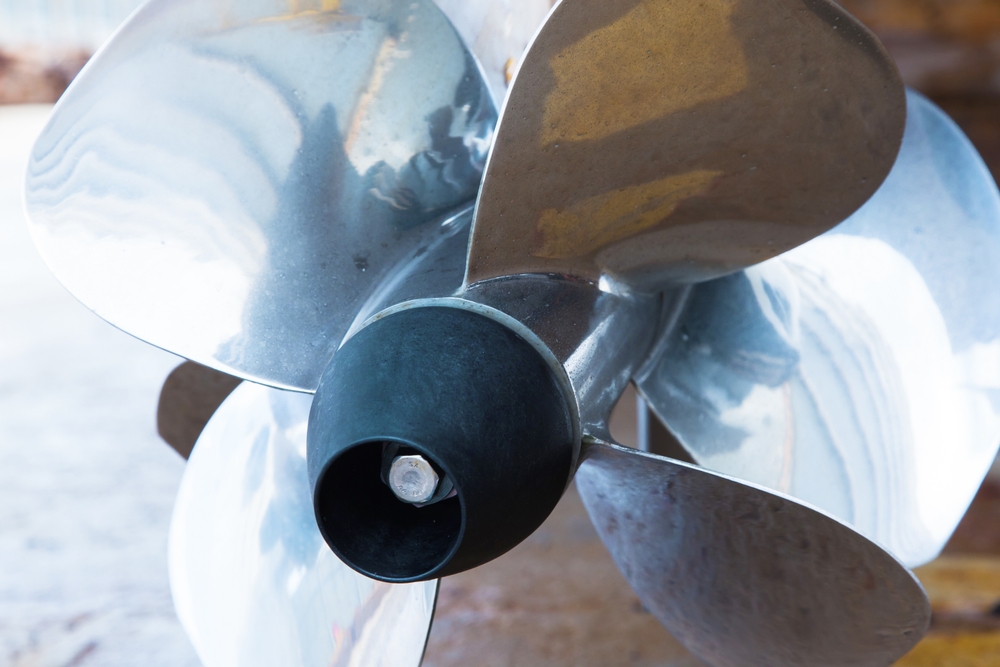
A damaged propeller can negatively affect your boat’s performance, but changing it out is a quick and easy task. After removing the old propeller, replace it with one that matches your engine’s specifications. Propellers come in different sizes and pitches, so be sure to choose the right one for optimal performance. Carrying a spare propeller allows you to make on-the-spot repairs if needed. Routine inspections help avoid performance issues and save fuel.
Servicing the Battery

Maintaining your boat’s battery is a simple but essential task to ensure electrical systems function properly. Cleaning the terminals with a wire brush and checking fluid levels can keep your battery in good shape. Regularly inspecting connections and tightening them prevents unexpected power loss. This maintenance helps avoid bigger electrical issues while extending the battery’s life. Keeping your battery fully charged ensures your boat starts without a hitch.
Replacing a Damaged Winch

A malfunctioning winch can be a real headache, but swapping out an old one for a new model is manageable with basic tools. Start by unbolting the damaged winch and securing the new one in its place, ensuring everything is properly aligned. Winches play a critical role in handling sails and docking, so it’s essential to keep them in good working order. Lubricating and inspecting your winch regularly can prevent issues before they start. A reliable winch keeps your sailing smooth.
Fixing Steering Cable Issues
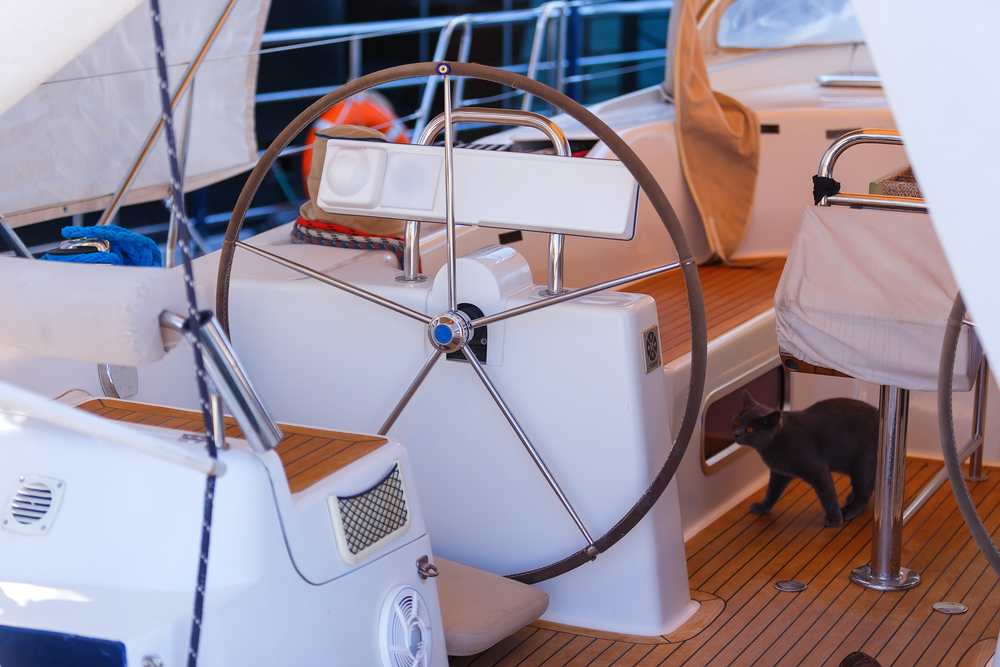
Stiff or unresponsive steering is often caused by issues with the steering cable, which can usually be resolved with lubrication or adjustments. If the cable is frayed or damaged, replacing it will restore smooth steering. Regularly checking for proper tension and wear helps avoid serious steering problems. Following the manufacturer’s instructions for maintenance ensures the cable lasts longer. With proper care, your boat will remain easy to handle on the water.
This article originally appeared in MyCarMakesNoise.
More from MyCarMakesNoise
15 Modest Trucks That Pack Serious Towing Strength

When it comes to towing, not all trucks need to be hulking giants to get the job done. Many modest-sized trucks offer impressive towing capacities, combining power, efficiency, and practicality. Read More.
15 Rare Porsche Classics You’ll Have a Hard Time Finding

Porsche has a rich history of producing iconic sports cars, many of which have become highly sought-after classics. This list explores 15 of the rarest Porsche models ever made, each with its unique story and undeniable appeal. Read More.
The 20 Best National Park Road Trips to Take Each Season

Exploring national parks by road is one of the best ways to experience the beauty of each season. Whether it’s the vibrant colors of fall, the serene snowscapes of winter, the blooming landscapes of spring, or the sunny trails of summer, there’s a perfect park road trip for every time of year. Read More.


